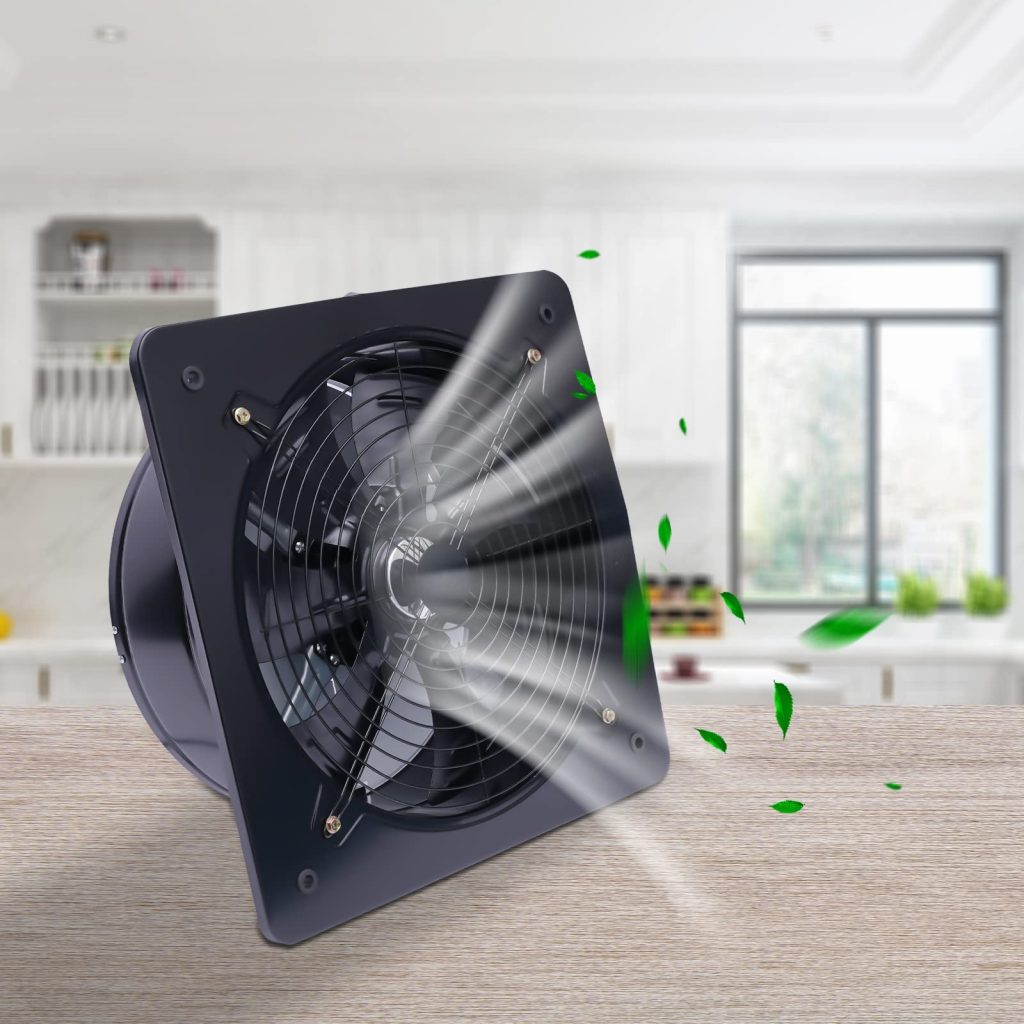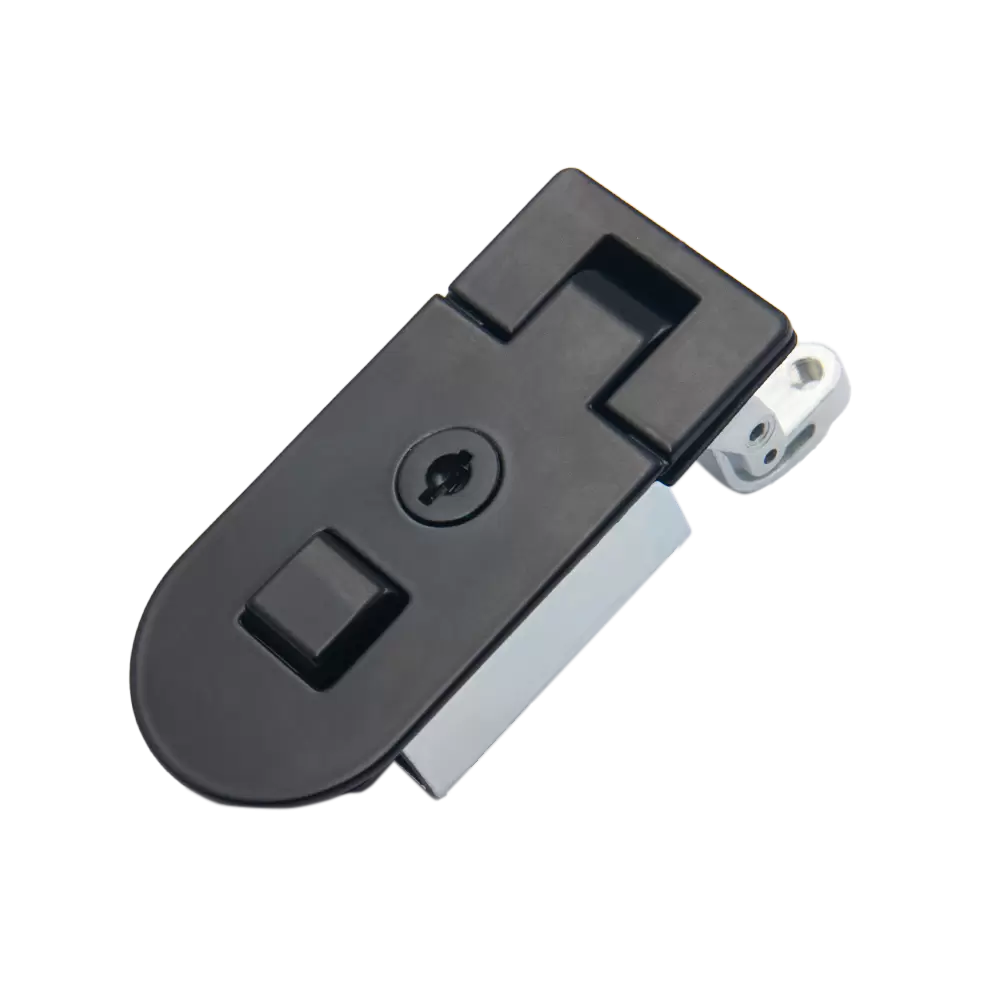
In today's fast-paced world, the importance of indoor air quality cannot be overstated. Commercial buildings, where people spend a significant portion of their time, must prioritize proper ventilation to ensure a healthy and comfortable environment. This blog post delves into the intricacies of how commercial buildings are ventilated, exploring innovative techniques and technologies that are revolutionizing the way we breathe in these spaces.
- Understanding the Need for Ventilation:
Commercial buildings, such as offices, shopping malls, and hospitals, are often densely populated, leading to a buildup of pollutants and stale air. Proper ventilation is crucial to remove contaminants, control temperature and humidity, and replenish oxygen levels. By doing so, it enhances occupant comfort, productivity, and overall well-being. - Mechanical Ventilation Systems:
a. HVAC Systems: Heating, Ventilation, and Air Conditioning (HVAC) systems are the backbone of commercial building ventilation. They utilize mechanical fans and ductwork to circulate and condition air, ensuring a constant supply of fresh air while removing stale air.
b. Energy Recovery Ventilation (ERV): ERV systems are gaining popularity due to their energy-efficient nature. These systems recover heat or coolness from the outgoing air and transfer it to the incoming fresh air, reducing energy consumption and costs. - Natural Ventilation Strategies:
a. Building Design: Architects and engineers are incorporating natural ventilation strategies into building designs. This includes the strategic placement of windows, vents, and atriums to facilitate the flow of fresh air and create a comfortable indoor environment.
b. Stack Effect: The stack effect utilizes the principle of warm air rising and cool air sinking. By designing buildings with high ceilings and strategically placed openings, natural convection currents are created, allowing for the passive movement of air. - Advanced Ventilation Technologies:
a. Demand-Controlled Ventilation (DCV): DCV systems use sensors to monitor occupancy levels, temperature, and air quality. They adjust ventilation rates accordingly, optimizing energy efficiency while maintaining a healthy indoor environment.
b. Filtration Systems: High-efficiency air filters, such as HEPA filters, are increasingly being used in commercial buildings to remove fine particles, allergens, and pollutants from the air. These filters ensure cleaner and healthier indoor air quality. - Indoor Air Quality Monitoring:
a. Sensor Technology: Real-time monitoring of indoor air quality is becoming more accessible with the advancement of sensor technology. These sensors measure parameters like CO2 levels, humidity, and temperature, providing valuable data for building managers to optimize ventilation systems.
b. Data Analytics: By analyzing the data collected from sensors, building managers can identify patterns, trends, and areas for improvement. This data-driven approach allows for proactive maintenance and continuous optimization of ventilation systems.
Conclusion:
Proper ventilation in commercial buildings is not just a matter of comfort; it is a fundamental aspect of creating a healthy and productive indoor environment. Through a combination of mechanical systems, natural ventilation strategies, and advanced technologies, commercial buildings can achieve optimal indoor air quality. By staying abreast of the latest innovations and implementing effective ventilation practices, we can ensure that our commercial spaces are not only functional but also promote the well-being of occupants.

